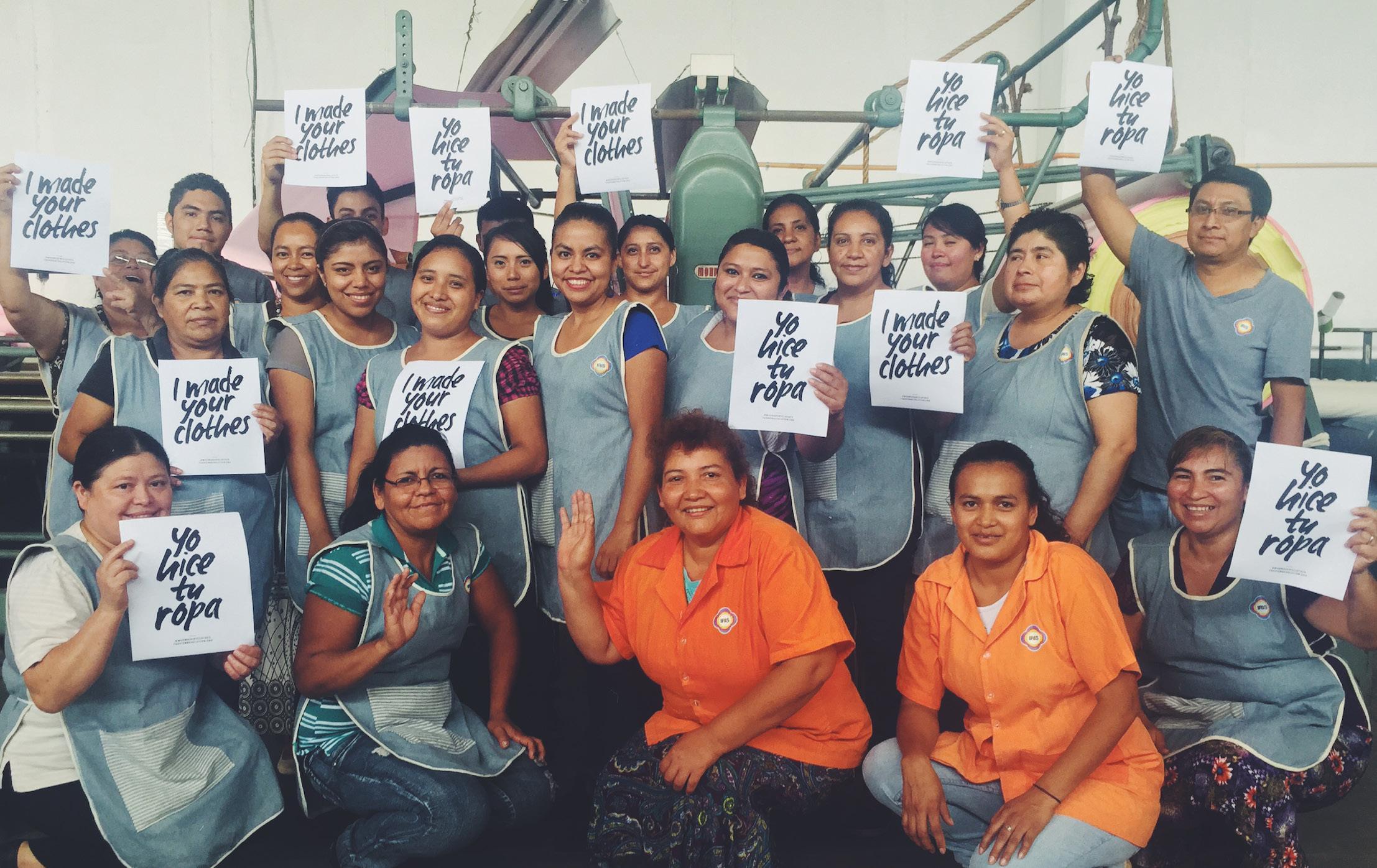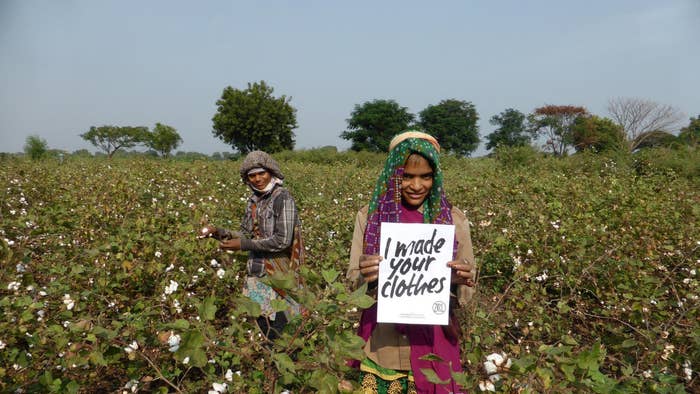Hi again, welcome back!
In my last post, I began sharing the results of my recent survey on “Fashion and Young People” and compared them to a similar survey my Project Work group did two years ago. Here, I’ll share some more interesting findings from the survey.
“What is your idea of eco-fashion/sustainable fashion, and what do you think makes eco-fashion more sustainable?”
I received many interesting responses to this question. In general, 6 responses showed a vague understanding of eco-fashion. 6 responses showed a narrow understanding of eco-fashion. 8 responses were more or less accurate.
Out of the 29 who responded to this question, 15 mention materials, production processes, resource use and waste reduction as making eco-fashion sustainable. 14 mention recycling, reusing or repurposing. This may be due to widespread understanding about climate change and the need to curb emissions and the popular idea of creatively repurposing “trash” into something fashionable. One such respondent even referred to the Adidas shoes made of recycled ocean plastic.

It’s important to know there’s a limit to how many times you can recycle plastic, so when you throw the shoes away, it becomes irrecoverable plastic waste, again.
What disturbed me most was that only 3 mention the social aspect of clothing production and only one mentions sustainable farming involved in producing raw materials. There seems to be a disconnection between end-users and those who made their clothes. Again, this is partly thanks to the outsourcing of production to poorer countries with lower wage rates. Also, many companies still conceal the facts about who made their apparel.


There was one response that really struck me:
“Its environmentally friendly, which is great, and i think that if clothes are more sustainable consumers will have less of a reason to shop at non-eco-friendly fashion retailers. its a little more costly, though? probably for labour fees since its not easy to recycle materials. its great for those who can afford but may not cater to the less well-off, for those eco-friendly fashion retailers that price their clothings high”
It’s so true that sometimes, choosing the eco-friendlier option is more expensive. I’ve felt that way, too. I recommend thrifting and swapping as more “wallet-friendly” ways to shop conscious, plus, I’d say you’d have a lower per capita carbon footprint since more people wore/wear the same piece of clothing. Maybe this respondent didn’t know that these alternatives were also considered eco-fashion.
Is it always a matter of choice?
On a similar thread, another respondent referred to eco-fashion as “Being able to make” sustainable choices when clothes shopping. Here, I’d like to hinge on the concept of choice. Indeed, this person reminds me how choice is so central to fashion, and more so to eco-fashion (see figures below).

As seen from the bar graph above, “Sustainably made/ethically made” was part of the decision-making process of only a third of the respondents.

Do we have our priorities in the wrong place, or do factors like time and price get in the way? For the already eco-conscious, does our knowledge always translate into action?
If you had the choice to shop conscious, would you? If not, what’s stopping you? Let me know in the comments below 🙂
Till next time!
Cheers,
Evelyn
Hi,
I am Choon Choon from Tzu Chi Humanistic Youth Centre @ Yishun. We are planning for a webinar titled “Today’s Trend, Tomorrow’s Trash” on 30th Jan, while searching to understand more on Singapore youth voices and actions vs sustainable fashion, your article pop-up.
I am interested to meet-up with you to understand more about your research and may be you are able to join our webinar as panelist to share about your research. Thanks.
Read more about Tzu Chi Humanistic Youth Centre below:
facebook.com/tzuchisg.hyc